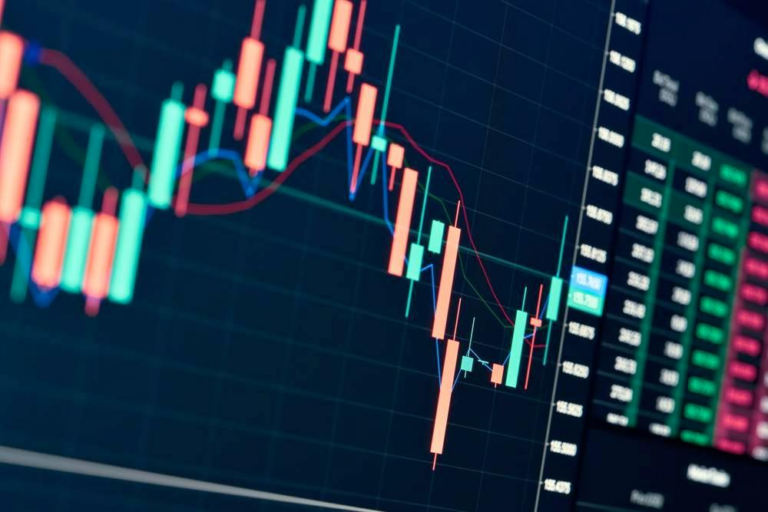Speculative trading in U.S. equities has surged to historic highs, with retail investors driving activity in ultra-short-term derivatives.
Specifically, the growing dominance of zero-day-to-expiry (0DTE) contracts is reshaping market dynamics and raising concerns about stability.
This is highlighted by the fact that 0DTE options now account for an average of 65% of total S&P 500 options volume in the third quarter of 2025, according to Tier 1 Alpha data shared by The Kobeissi Letter on August 23.
For instance, on Thursday, the figure spiked to a record 69%, marking the highest level ever recorded. This represents more than a doubling of market share since the 2022 bear market, when 0DTE activity began accelerating. For context, before 2020, these contracts typically represented just 10% to 20% of daily trading.
Therefore, it can be argued that the surge points to a shift in retail behavior. In this case, individual traders have increasingly embraced 0DTE contracts as speculative tools, allowing them to place highly leveraged bets on intraday market direction at minimal upfront cost.
Implication of speculative retail investing
At the same time, broader call option activity has soared, with nearly 47 million stock and ETF call contracts traded on Friday, the second-largest daily volume in history.
With such a large portion of trading concentrated in contracts expiring within hours, price action in the S&P 500 is increasingly shaped by short-term speculative flows rather than fundamentals.
Therefore, this can amplify intraday swings, creating the potential for sudden volatility spikes. If momentum shifts, the feedback loop created by hedging and unwinding these contracts could trigger rapid selloffs.
While the surge in speculative trading has helped fuel recent market rallies, it may leave equities vulnerable to abrupt reversals. If the current trend continues, the market could face instability, with the possibility of a sudden correction.
Featured image via Shutterstock










